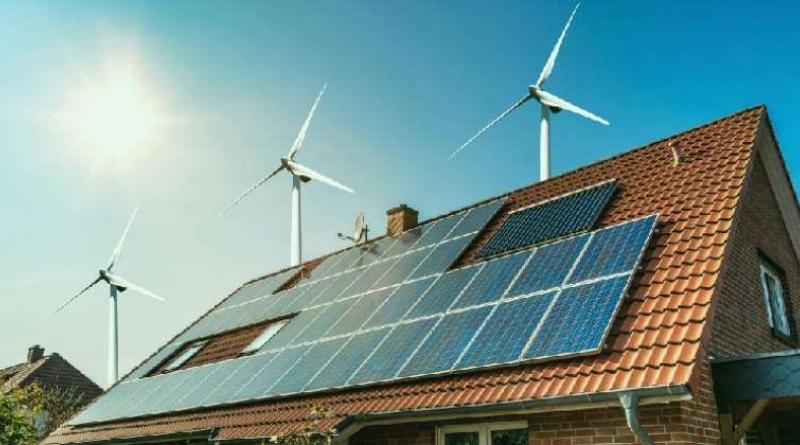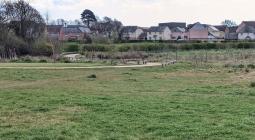Housing Efficiency and sustainability, rising values of investment in housing

In the film The Day After Tomorrow a climatologist, played by Dennis Quaid, warned world leaders of the terrible catastrophes that global warming could bring. In the film all kinds of disasters are unleashed, in the best tradition of Hollywood. But, despite its dubious scientific rigor, the film warned of the somewhat extreme risks of our current lifestyle.
In the real world, moreover, there is no shortage of reasons – tsunamis, floods – to take sustainability seriously. In this sense, the 2030 Agenda has become a great challenge and the main roadmap for society, for companies and for the entire productive fabric.
Within this framework, two of the Sustainable Development Goals (SDGs) focus on the real estate sector and construction. Among the most important challenges are the transition to sustainability, emission reduction and digital transformation. Factors increasingly present in the consciousness of citizens, who demand a more efficient building and better integrated into the environment.
According to the European Commission, buildings are responsible for 40% of the EU's energy consumption and 36% of greenhouse gas emissions. Housing is, in fact, the third source of carbon dioxide emissions in Spain, according to the International Energy Agency (IEA). In our country half of the housing stock was built in the 80s and even before. Four out of five buildings are not energy efficient.
Greater energy rehabilitation
Some interesting initiatives, such as the Energy Rehabilitation Program for Buildings in Municipalities with a Demographic Challenge (PREE 5000), are already underway. Devised by the Ministry for the Ecological Transition and the Demographic Challenge, the plan seeks to promote energy rehabilitation and the reduction of final energy consumption and CO2 emissions in municipalities with less than 5,000 inhabitants.
Focused on the promotion of new construction housing, in Urbanitae we see daily the incorporation of environmental criteria in residential construction. In particular, energy efficiency is increasingly presented as a proof of the quality of the property and the good work of the developer, as well as a claim for future buyers.
Commitment to renewable sources
The use of materials that provide better insulation, home automation or the generation of electricity from renewable sources are some of the trends aimed at increasing the efficiency of our homes.
In fact, high electricity prices have motivated a growing interest in solar energy. According to data recorded by the Spanish Photovoltaic Union (UNEF), of the 1,203 MW of new solar energy installed in Spain in 2021, 32% corresponded to the residential sector.
As highlighted in the latest World Energy Transitions Outlook 2022 report by the International Renewable Energy Agency (Irena), there is a pressing need to advance the energy transition as a result of the rising cost of fossil fuels, concerns about energy security and the advance of climate change.
Pay more for the sustainable home
Moreover, citizens seem willing to validate this greater awareness with their pockets: a revaluation of more than 35% of the properties that have been rehabilitated and improved energetically can be achieved. The novel figure of the rehabilitation agent is fundamental from the beginning of the first conversations with individuals or large estates until the end of the work.
According to the II Vía Célere Observatory of housing in Spain, 65% of Spaniards would also be willing to pay more for a green home, so sustainability is already a key aspect in the purchase of a house. And 60% of buyers would pay up to 13.4% more for a sustainable and efficient home, according to a recent study by Aedas Homes.
On the other hand, sustainability has advantages when applying for a mortgage. According to the report Profile of the Spanish mortgaged 2021, prepared by Fotocasa in collaboration with Hipotecas.com, financial institutions demand 5% less initial contribution from their customers for the purchase of homes with green mortgages.
Thus, it is in our power to help prevent global warming. In the case of the real estate sector, it is essential to promote more sustainable processes focused on the so-called green construction. A more sustainable building that ranges from new building systems to the use of natural materials, through the integration of the property into the environment.
Author: Diego Bestard





